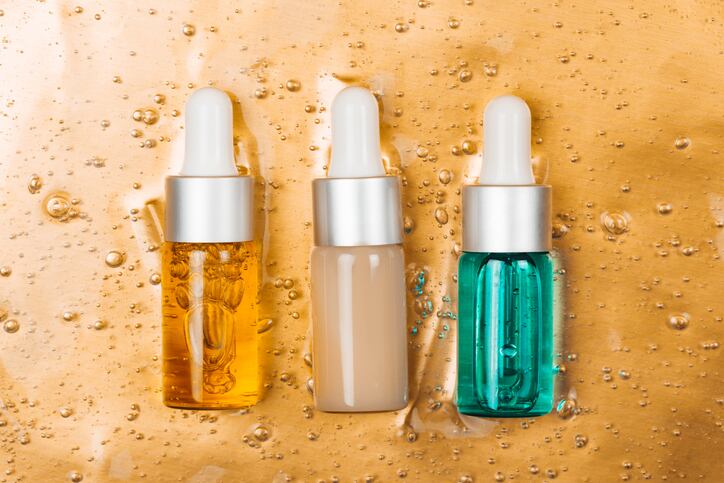A panel of experts was gathered for the Global Fragrance Summit organised by the International Fragrance Association (IFRA) to discuss the cosmetic regulatory challenges facing APAC, including the potential for regulatory harmonisation in the region
“The reality is there is not much coordination happening at the national level,” said Gil Perez of the Singapore Chemical Industry Council (SCIC).
“From an industry standpoint, there's a vested interest for us to be more internally connected with industry associations at the ground level… and make sure we are able to make the regulators see those differences or overlaps.”
Perez, who is also the co-chair of the ASEAN Regulatory Co-operation Project, believes its imperative for the industry to tackle these challenges by having strong connections on the ground.
“If the existing industry associations maximise their local resources to really get to understand what's the draft regulation and then elevate it to the region, or even at the global level… It would help a lot when there's coordination from the on the ground resources of the industry association up to the regional and global level.”
Bhashkar Mukerji, chairperson of IFRA APAC Technical Committee, added: “It’s very important that we engage within these regulatory authorities, to help them understand the value of trying to be as harmonised as much as possible.”
A helping hand
According to Perez, one of the most effective ways of engaging with regulators is to offer training or capability building. This way it also signals to regulators that the industry is willing to extend a hand to help.
“When we approach them from that position, I think they're more receptive and I think they will be more open to industry sharing our own ideas. And hopefully through that process, we'll be able to help them craft a more reasonable, more logical, more practical legislation.”
Mukerji added that the associations could help by providing regulators with technical knowledge and expertise in areas such as product safety and toxicology.
Perez also suggested that setting up a common platform may be beneficial for discussion among different regions. One such example was the ASEAN Cosmetic Directive.
“I think just having a common venue to have that dialogue is already a win for the industry. We won’t always be able to 100% successfully influence all the regulators to see how we see a particular concern or issue, but at least we will have a dialogue and opportunity to converse.”
Internal issues
On the other hand, Dr Alain Khaiat, president of Cosmetic, Toiletry and Fragrance Association of Singapore (CTFAS), noted that the industry also faces problems within each country.
One major difficulty he sees is that the industry faces regulations are coming from multiple government agencies.
He elaborated: “We have a tendency to think that for cosmetics, it’s the Ministry of Health for FDA regulation. Yes, for the content of the product… But when it comes to packaging, when it comes to disposal, that’s the environment agencies.”
As such, chances are that the cosmetic industry gets overlooked when it comes to consulting on policies. “We are faced with not only departments in the local government that don't necessarily coordinate with each other, but issue regulations, without consulting us,” said Khaiat.
He noted that local associations should flag down agencies to make themselves known to have a say in how regulations affect the cosmetics industry. “We have to make sure that in each country, the local association are coordinating between the different agencies.”
At the same time, Mukerji said the industry should be “breaking down silos” between itself, from suppliers all the way down to product manufacturers.
“One of the strategies is that we need to have the industry come closer together,” he said, citing the Cosmetic, Toiletry and Fragrance Association of Singapore (CTFAS) as a prime example.
“[In CTFAS], the suppliers and product manufacturers are all come together to discuss similar issues and then try to come up with strategies to overcome those challenges.”





